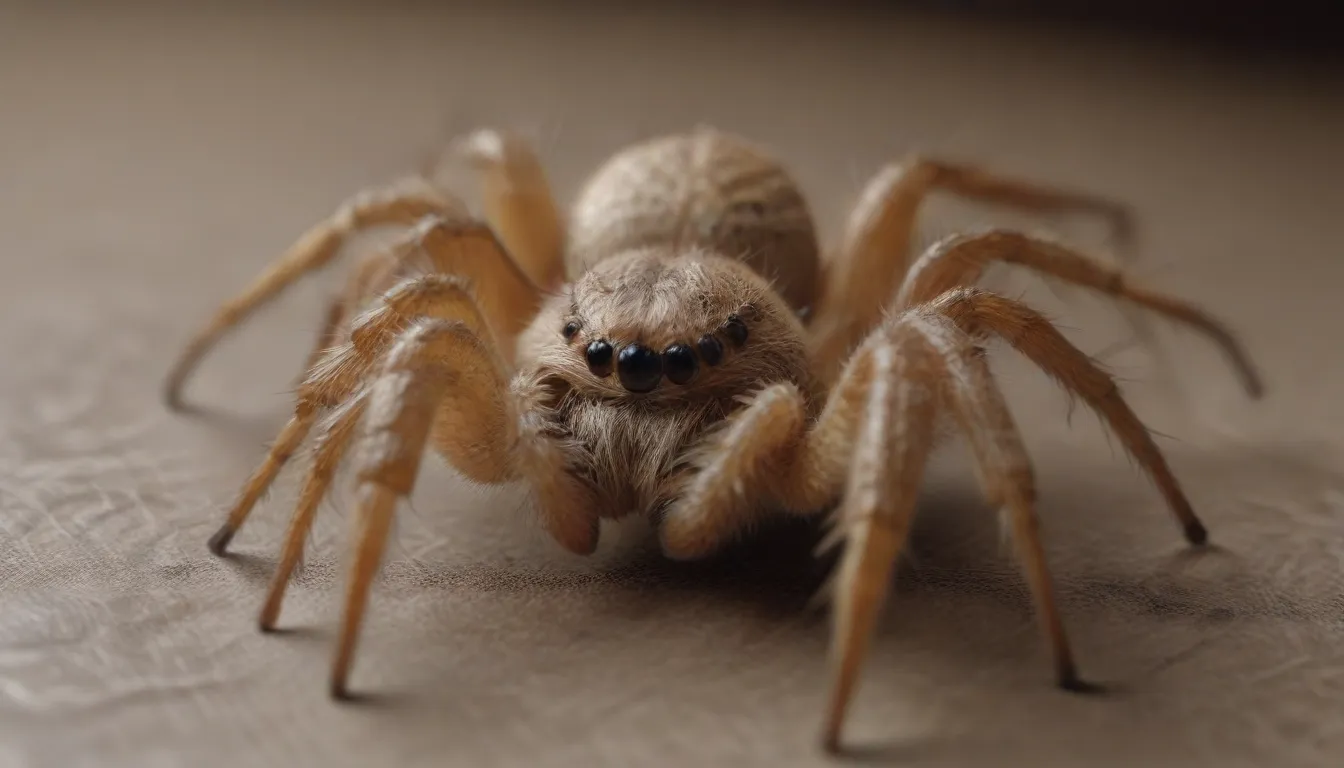Everything You Need to Know About House Spiders in the U.S.

Do you ever find yourself spotting spider webs in the corners of your home and wonder what kind of spiders are lurking there? With over 40,000 known species of spiders worldwide, and 3,000 of them calling North America home, it’s essential to understand the basics of spider biology to identify which common house spider you might be dealing with.
In this comprehensive guide, we’ll delve into the 10 most common types of house spiders in the U.S., from harmless arachnids to potentially dangerous ones. Whether you’re curious about these eight-legged creatures or looking for ways to manage spider populations in your home, we’ve got you covered.
Meet the Expert
Before we dive into the world of spiders, let’s introduce our expert for some valuable insights. Mohamed Samir is a senior technician at Bugwise Pest Control, bringing a wealth of knowledge about pest management and spider control.
Understanding Common House Spiders
1. Common House Spider (Achaearanea tepidariorum)
The common house spider lives up to its name, being one of the most frequently seen spiders across North America. If you notice dusty cobwebs in your home’s corners, chances are they belong to this species. Fear not, as common house spiders are harmless and tend to retreat rather than confront humans. They prefer random web locations and are not aggressive.
2. Cellar Spiders
Cellar spiders, including both short-bodied and long-bodied variations, are often found in dark, damp environments like cellars, warehouses, and garages. Contrary to popular belief, these spiders are not venomous, and their primary diet consists of insects and other spiders, making them beneficial for pest control.
3. Harvestmen (Daddy Long-Legs)
Although harvestmen are not spiders per se, they are commonly mistaken for cellar spiders due to their similar appearance. Harvestmen have distinct body shapes, with a single segment and spindly legs protruding from it. These creatures are harmless and can be found in wooded areas or gardens.
4. Jumping Spiders
Don’t be alarmed if you come across a jumping spider in your home. These agile hunters may have red or white markings on their abdomens but pose no threat to humans. Instead, they help control insect populations by preying on nuisance bugs.
5. Funnel Weavers (Hobo Spider)
Often mistaken for the aggressive funnel-web spider from Australia, funnel weavers like the hobo spider are prevalent in the U.S. Their dew-covered webs are most visible in the fall, and while there have been concerns about their bites, studies show that they are not toxic to humans.
6. Wolf Spiders
Unlike web-building spiders, wolf spiders prefer to hunt for their prey on the move. These large, hairy spiders are nocturnal hunters and contribute to pest management by targeting insects in outdoor environments.
Identifying Venomous House Spiders
While most house spiders are harmless, some species have venomous bites that can pose a risk to humans. It’s essential to distinguish between harmless spiders and those with potentially dangerous venoms.
7. Sac Spiders
Sac spiders are known for their tent-like silk coverings in corners and can be found both indoors and outdoors. Their venom contains cytotoxin, which can cause painful bites and slow wound healing in humans. If you encounter sac spiders, it’s best to keep your distance and seek professional pest management assistance if needed.
8. Brown Spiders (Fiddle-Back)
Brown spiders, also known as fiddle-back or violin spiders, are part of the Sicariidae family and include the infamous brown recluse. These spiders have cytotoxic venom that can lead to severe symptoms if bitten, making it crucial to identify and avoid them.
9. Widow Spiders
Widow spiders, including black and brown widows, are known for their venomous bites. While these spiders are shy and typically avoid human contact, their bites can cause serious health issues if left untreated. Understanding their distinctive markings and behavior can help you minimize the risk of encounters.
Dealing with Common House Spiders
If you find yourself facing an influx of house spiders in your home, fear not. There are various methods to control and manage spider populations without resorting to harmful pesticides. Here are some tips to keep these arachnids at bay:
- Keep exterior lights off at night to deter spiders.
- Regularly sweep and clean the exterior of your home.
- Seal cracks and crevices to prevent spider entry.
- Declutter your living spaces to reduce hiding spots for spiders.
- Consider using peppermint oil as a natural spider repellent.
If you prefer a hands-off approach to spider control, you can enlist the help of an Integrated Pest Management (IPM) specialist to address your specific infestation concerns. Remember, most common house spiders have a short lifespan and are unlikely to bite unless provoked.
Stay Informed and Take Precautions
When it comes to dealing with spiders, knowledge is your best defense. By understanding the habits, behaviors, and risks associated with different spider species, you can better protect yourself and your home from potential encounters. Remember, most spiders are beneficial for the environment and play a crucial role in pest management.
In case of suspected spider bites or infestations, always prioritize your safety and seek professional assistance if needed. With the right information and proactive measures, you can coexist peacefully with these fascinating creatures while keeping your home spider-free. Happy spider spotting!
Sources:
– The Burke Museum: Spiders in the Home
– Colorado State University Extension: Pests of Homes, Structures, People, and Pets
– Mallis, Arnold. The Handbook of Pest Control: The Behavior, Life History, and Control of Household Pests. Mallis Technical Handbook and Training Company, 2011
– Vassilevski AA, Fedorova IM et al. Novel class of spider toxin: active principle from the yellow sac spider Cheiracanthium punctorium venom is a unique two-domain polypeptide. J Biol Chem., vol. 285, no. 42, pp. 32293-302, 2010. doi:10.1074/jbc.M110.104265
– Centers for Disease Control and Prevention: Symptoms of Venomous Spider Bites





